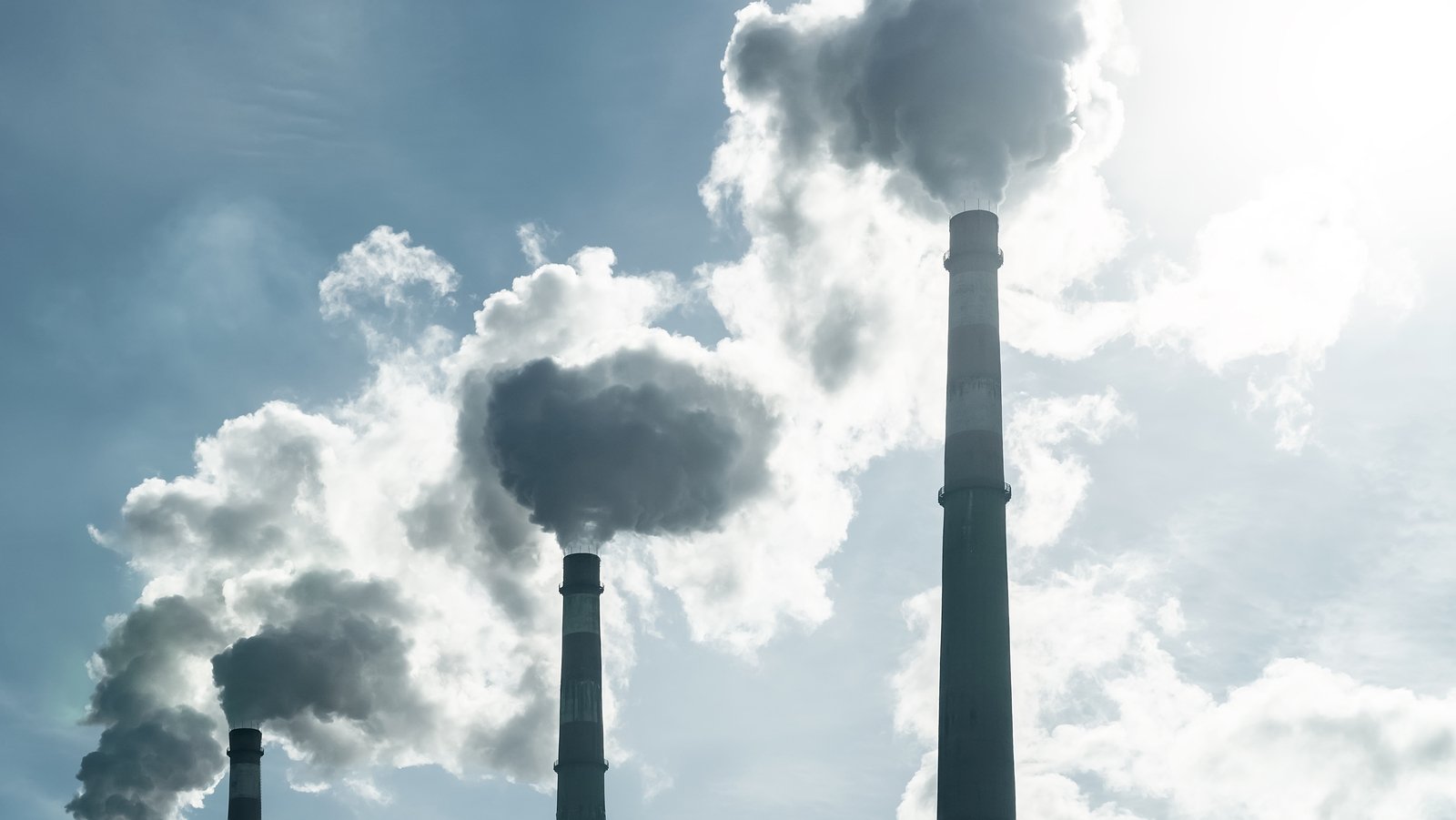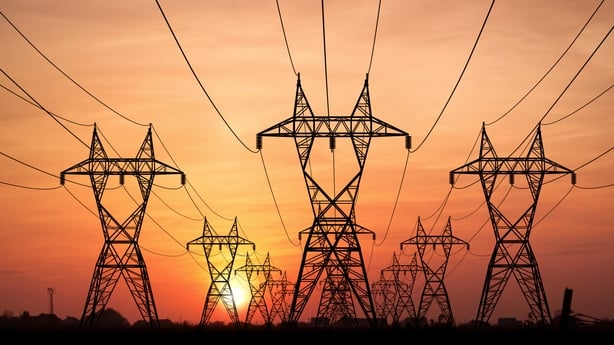Ireland not on course to meet emissions targets

The Environmental Protection Agency (EPA) has said that even if all the actions listed in the Government’s latest Climate Action Plan were fully implemented and on time, it would still not be enough to meet Ireland’s legally binding emissions reduction targets for 2030.
The EPA’s latest greenhouse gas projections show sectoral emissions ceilings for 2025 and 2030 on course to be exceeded in almost all cases including agriculture, electricity, industry, and transport.
According to the projections, despite the adoption of an undated Climate Action Plan, Ireland is no nearer now than it was this time last year, to achieving the 51% reduction in greenhouse gas that it is legally obliged to achieve.
It was twelve-months ago that the EPA reported that, if all the actionable climate-related policies on the Government’s wish-list were implemented, the best-case scenario would be a 29% reduction in greenhouse gas emissions by 2030 – far short of the 51% target.
Today, the EPA has reported the exact same conclusion, same number and same best-case scenario, a 29% reduction in greenhouse gas emissions by 2030.
There are some differences in the analysis because of improved climate action projects in many areas.

Things like bigger plans for electric cars, more renewable energy, and greater detail and determination about planned changes in agriculture are all included.
However the benefit of those gains is cancelled by newly discovered gaps in existing policies.
For instance, there was a lot of talk last year about increasing petrol and diesel prices out to 2030 to encourage behavioural change in transportation.
By this year however it became clear to the EPA that that’s all it was – talk.
The EPA discovered there is no actual government policy to increase petrol and diesel prices out to 2030 to change transport behaviour.
The EPA also points out that all sectors, except residential buildings, are projected to underperform relative to the binding sectoral emissions ceilings.
The agriculture, industry and electricity sectors are projected to be the furthest from their sectoral ceiling in 2030.
The Director-General of the EPA, Laura Burke, said the fact that Ireland will be well short of both its European and National emission reduction targets and highlights the scale of effort needed to achieve the required reductions across all sectors of our economy.
Faster implementation of measures is necessary and the pace at which planned policies and measures are implemented needs to be accelerated.

“The key priority must be to translate the aspiration in our policies and plans to implementation on the ground. We need to speed up and scale up the transition” Ms Burke said.
According to today’s report, if nothing changes in Irish agriculture, and no new policies or farm practices are implemented, greenhouse gas emissions from the sector would fall by just 1% by 2030.
Teagasc has earmarked a whole range of additional climate-related measures for the sector including covered slurry stores, limits on nitrogen fertiliser usage, switching to different fertilisers, and a host of methane reduction measures including bovine feed additives.
If all these are implemented the reduction in emissions would rise to 18%, according to the analysis.
When it comes to transport the EPA report says the existing range of measures such as increasing the amount of biofuel mixed into our petrol and diesel, and putting 693,000 electric vehicles on our roads will deliver a 5% reduction in greenhouse gas emissions by 2030.
However, this would increase to a 26% cut in transport emissions if the additional measures already proposed for the sector were implemented.
This would include a higher, 20% blend of biofuels in diesel, 945,000 electric vehicles, a 50% increase in active travel journeys, a 130% increase in public transport use, and other measures to support more sustainable transport.
Either way however, road freight is projected to be the biggest source of road transport greenhouse gas emissions by 2030.
Regarding the energy sector the EPA report highlights a marked drop of almost 24% in emissions from electricity generation between 2022 and 2023.

This was driven by a reduction in fossil fuel usage and increased net importation of electricity from abroad through interconnectors.
In combination with planned increases in renewable energy generation from wind and solar, energy sector emissions are projected to reduce by 62% and achieve over 80% renewable electricity generation by 2030.
Meanwhile emissions from the land use sector are projected to increase between 23% to 99% over the period of 2023 to 2030 as Ireland’s forestry reaches harvesting age and changes from a carbon sink to a carbon source.
Planned policies and measures for the sector, such as increased afforestation, water table management on agricultural organic soils and peatland rehabilitation, are projected to reduce the extent of the emissions increase.
Mary Frances Rochford, Programme Manager at the EPA said:
“The EPA projections show the importance of accelerating the delivery of renewable technologies to support decarbonised electrification across the economy, adopting known emission reduction technologies while new solutions are developed in agriculture, providing alternatives to car and freight transport, and taking action to reduce emissions from land to reduce Ireland’s emissions.”
Ms Rochford concluded by saying:
“Increasing the pace of implementation will deliver the required emission reductions and create space for adoption of further policies and measures.”





